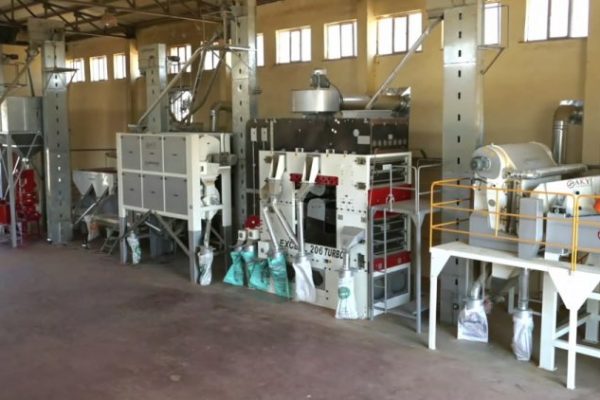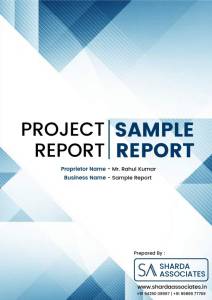Project Report For Seed Processing Plant
Introduction
Project Report For Seed Processing Plant Is As Follows.
Farmers have been washing the seed of their food crops using conventional methods for thousands of years. However, these practices are insufficient to provide the type of seed required by the modern farmer, who must feed more than just his own family from agricultural productivity. The modern farmer needs seeds of improved kinds with high and reliable yields and disease resistance.
The seed must be devoid of inert material, weed seed, and seed from different types and crops, have a safe moisture content, have good germination and vigor, and be reasonably free of damage and disease. In addition, the seed must be processed, packed, and labeled.
Seed lot obtained from the field with high moisture content and numerous contaminants such as plant pieces, sand, gravel particles, off-size seeds, weed seeds, and damaged and deteriorated seeds. As a result, the quality and quantity of the seeds are diminished, necessitating the need for a processing factory or unit to produce healthy and better seeds.
Seed processing encompasses all of the activities required to prepare harvested seed for marketing, such as drying, cleaning, grading, treating, bagging, or packing, and storing the seed obtained after harvesting and threshing. As a result, seed processing is a significant part of the seed industry.

Processing Of Seed Processing Plant
Receiving The Seed :- A seed lot for processing at a seed processing facility, a sample should be taken and examined at the seed laboratory to ensure that it meets the prescribed minimum level for purity, moisture content, and viability.
Conditioning :- After harvesting and threshing, the seed is not suitable for direct processing, therefore plant pieces, pods, and fuzz are removed using machines, a practise known as conditioning. Scalper, debearder, maize sheller, scarifier, and huller, among other things, are required depending on the crop.
Seed drying :- It is critical to dry the seed to ensure the seed’s lonivity and worth. It enables long-term storage, early harvesting, and effective land and labour utilisation. Sun drying and air drying were used to dry the seeds.
Seed cleaning :- Seed cleaning is the removal or separation of undesired foreign contaminants from the seed. Scalpers, debeaders, hullers, buckhorns, and other similar equipment are commonly used for pre-cleaning, while air screen cleaners are used for basic seed cleaning. Three cleaning elements are used in the air screen machine. (a) Aspiration, (b) scalping , and (c) grading . The feed hopper, screens, brushes, screen knockers, shoes, eccentrics, and fans are the primary components of the air screen cleaner.
Market Potential Of Seed Processing Plant
The global seed processing market was valued USD 13.4 billion in 2022, and it is expected to rise at a CAGR of 9.46% between 2023 and 2030.
The increasing disposable income of the people is a major factor accelerating the seed processing market growth. The rising demand for high-quality crops, growing awareness among farmers about the benefits of utilizing treated seeds, increasing demand for agricultural activities are some of the factors that will likely to enhance the growth of the seed processing market in the forecast period of 2022-2029. On the other hand, rising trade of agricultural products between different regions can create opportunity for the seed processing market in the above mentioned period.
High demand for protecting and increasing high-yield crops, globally, is increasing demand for the seed treatment. Developed economies like the U.S and Europe garner major agriculture product markets and are one of the major producers of high-quality agricultural products. The increase in demand for integrated pest-management practices, seed treatment, pest resistance, and organic farming practices, and to reduce post-harvest crop losses have increased the usage of bio-based seed treatment activities.
Project Report Sample On Seed Processing Plant
Need Help?
Create 100% Bankable Project Report

